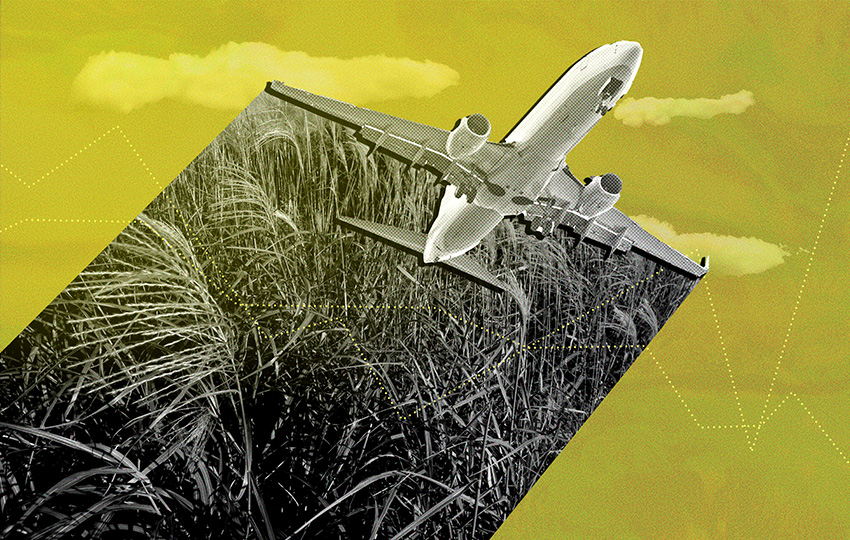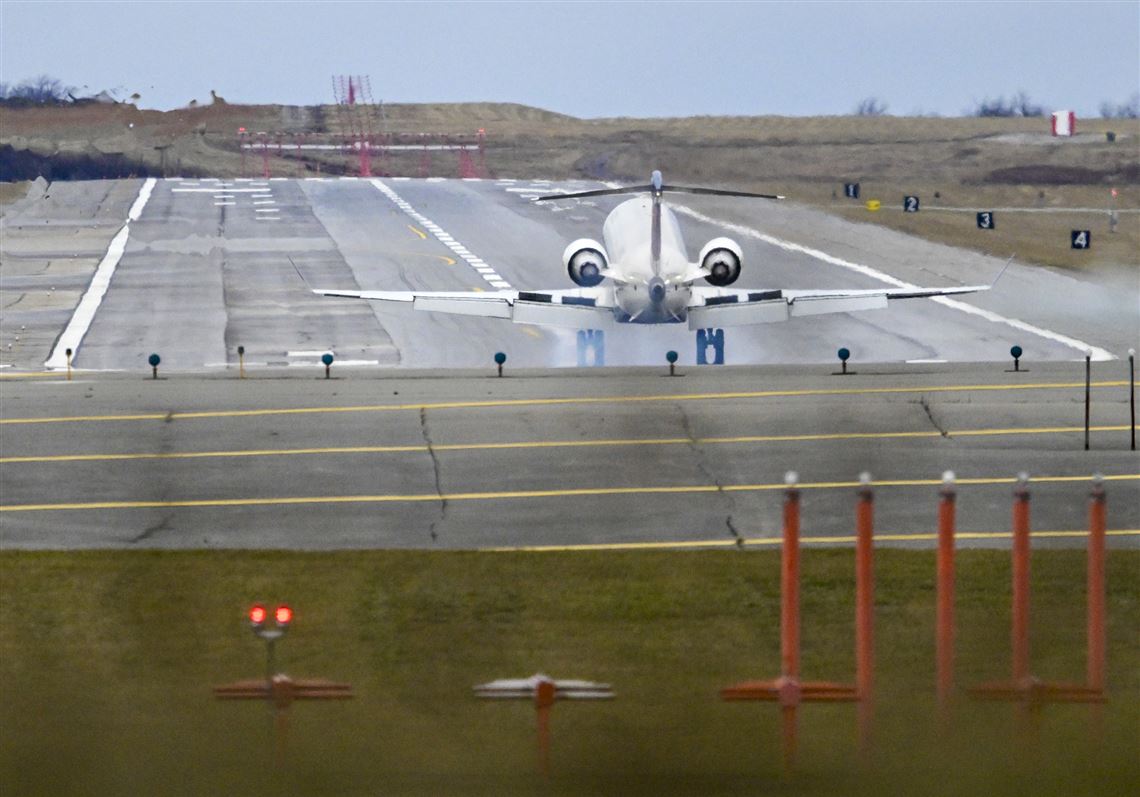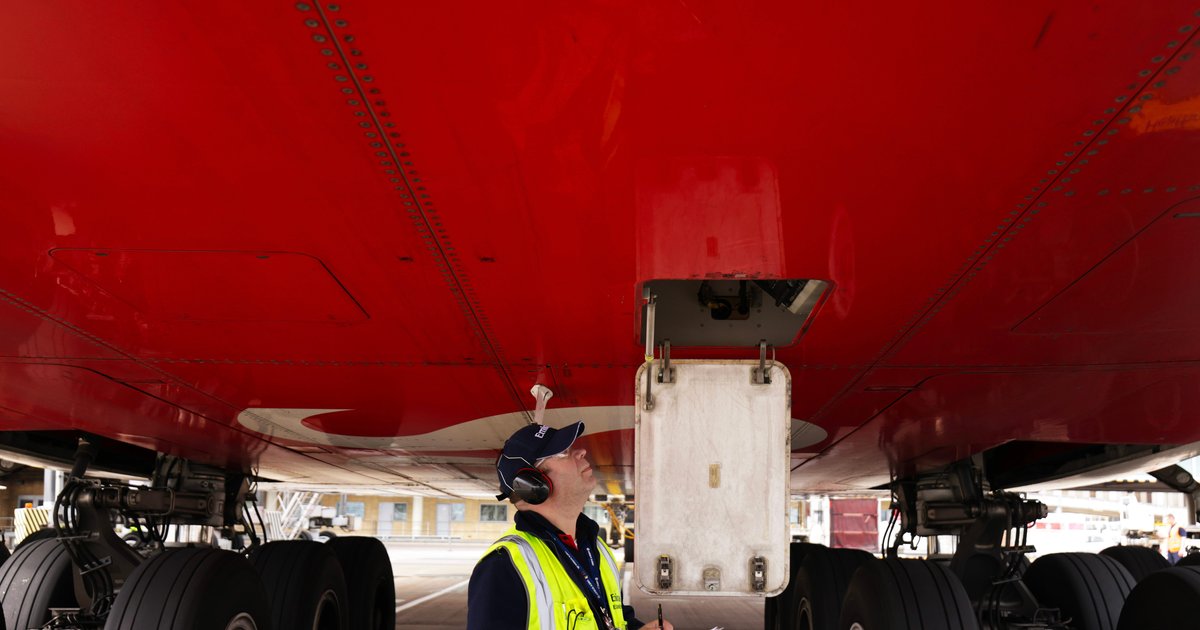
Every year, airplanes crisscrossing U.S. skies burn 23 billion gallons of fuel, leaving contrails and 8% of the nation’s transportation-related greenhouse gas emissions in their wake. A recent study reveals which crop-based feedstocks offer the greatest potential for a plentiful, cost-competitive, renewable alternative to petroleum-based jet fuel, while also maximizing atmospheric carbon removal. The scientists conducted the research for the Joint BioEnergy Institute (JBEI), a DOE Bioenergy Research Center managed by Berkeley Lab.
While electric cars are replacing gasoline powered vehicles on U.S. roads, currently only liquid jet fuels can reliably propel the planes needed to keep hundreds of passengers and tons of cargo in the air. It is estimated that replacing the nation’s current fleet of more than 167,000 aircraft with new aviation technology would take 20-30 years, based on the average plane lifespan. Production of sustainable aviation fuel (SAF) from renewable biomass can make it possible to meet the ambitious national goal of cutting the aviation sector’s GHG emissions in half by 2050, and it will power existing plane engines.
Biomass crops need to not only produce large quantities of clean-burning, high-performance fuel, but also prove economically feasible for producers, biorefineries, and consumers. In addition, selected feedstocks should maximize carbon accumulation in soils and the efficiency of land use, while minimizing the negative environmental impacts of fertilizer application and water consumption.
While electric cars are replacing gasoline powered vehicles on U.S. roads, currently only liquid jet fuels can reliably propel the planes needed to keep hundreds of passengers and tons of cargo in the air. It is estimated that replacing the nation’s current fleet of more than 167,000 aircraft with new aviation technology would take 20-30 years, based on the average plane lifespan. Production of sustainable aviation fuel (SAF) from renewable biomass can make it possible to meet the ambitious national goal of cutting the aviation sector’s GHG emissions in half by 2050, and it will power existing plane engines.
Biomass crops need to not only produce large quantities of clean-burning, high-performance fuel, but also prove economically feasible for producers, biorefineries, and consumers. In addition, selected feedstocks should maximize carbon accumulation in soils and the efficiency of land use, while minimizing the negative environmental impacts of fertilizer application and water consumption.












